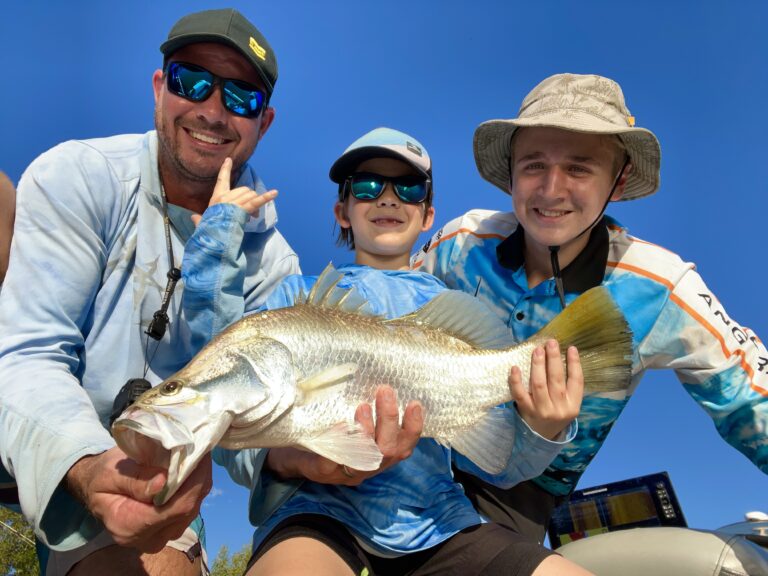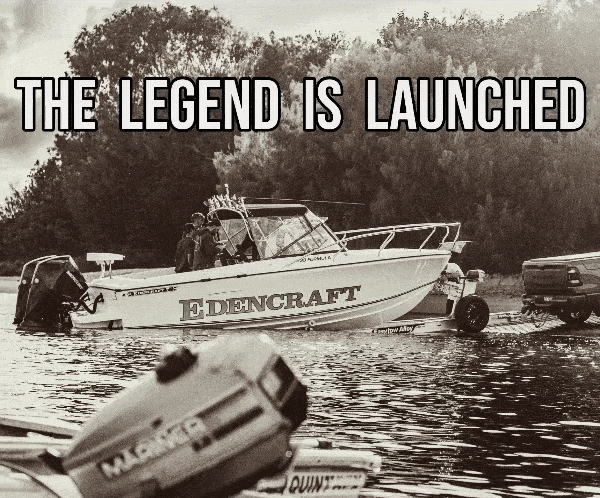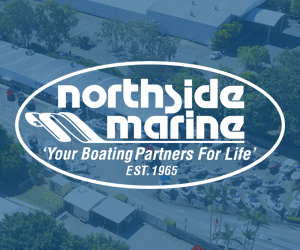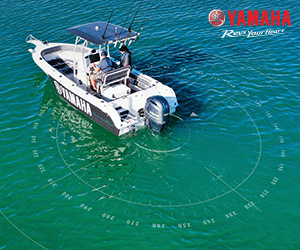Organised chaos By John Boon
You’ve worked your butt off all day trying to reinforce that you are the fishermen that you say you are. You’ve worked ledges, snags and rock bars but so far the action just hasn’t happened. When it all feels like it has been lost and you pull into one final spot on the way home.
After a couple of casts you get a tap and then finally you set the hooks and all hell breaks loose only to be run through structure and get busted off. The adrenalin is pumping and it’s finally now ‘go time’.
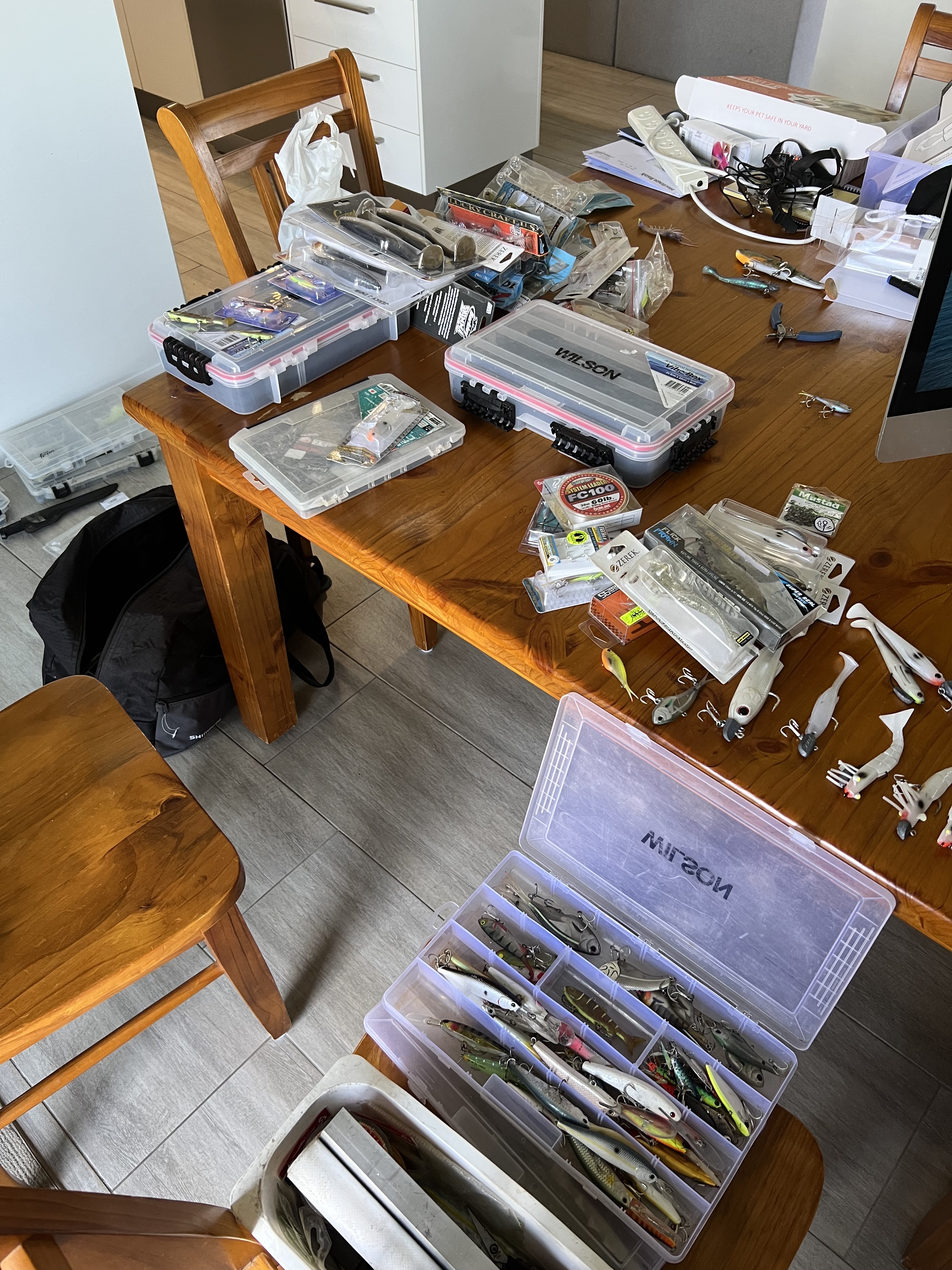
This is the best place to make a mess, not out in the boat. Have you heard that most fish are caught in the living room.
Your favourite rod and reel is now useless unless you sit down and tie another knot. You go to grab a different rod but you didn’t bring one or what you’ve got won’t be able to do the job. You start thinking where’s my new leader? You then start opening and closing hatches, scratch your head, open and close more hatches and act like a baby elephant galloping around the boat.
By the time you get what you need and get a new leader on it’s been somewhere between 20-30 minutes. You’ve created enough noise to give Freddie Kruger a nightmare on Elm Street and wonder why the bite has fizzled out.
I believe that tackle preparation and gear setup is one of the most overlooked aspects of fishing.
How many times have you looked at a blunt or bent jighead and just thought she’ll be right. You don’t know where a sharpening stone is or even if you brought a pair of pliers. I personally have seen this lots and was also a victim many moons ago. I guess we’ve got comp fishing that’s helped us fine tune the system and now because you guys are loyal readers of Fish and Boat magazine, will get some helpful pointers.
When I’m planning a day on the water (especially barra fishing) then I don’t like leaving anything to chance. I have a particular system that I use to pack the boat that will give me maximum time fishing and less time fluffing around. If I need something ASAP then I know where I need to go to get it. I have also utilised some pretty cool products that are available to everyone and can be found in local tackle stores.
So if you are sick to death of being disorganised and forever fumbling around the boat looking for particular bits and pieces then this is an article you don’t want to miss out on.
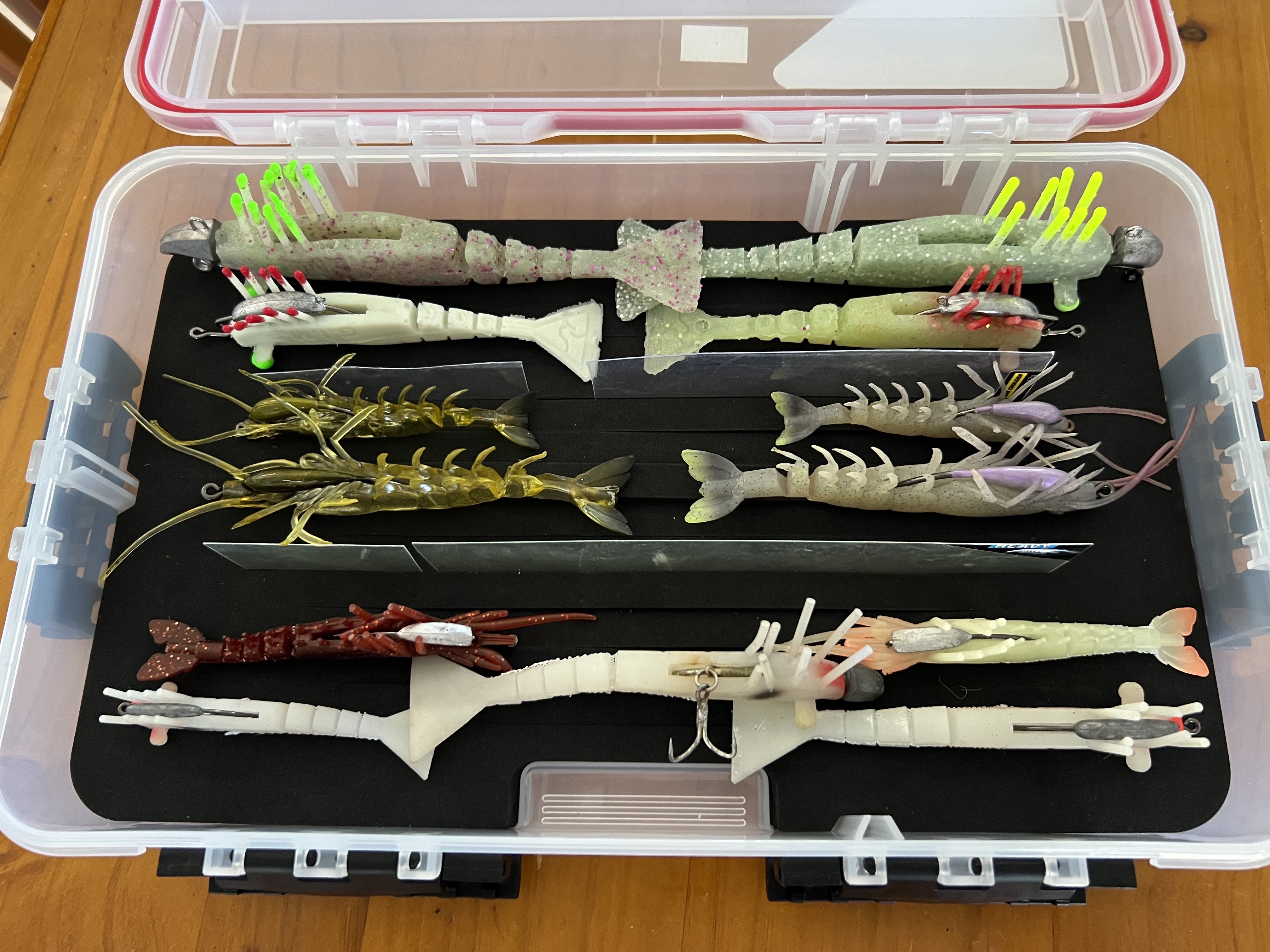
These split foam boxes will keep all your prawn imitations in top condition. Note the barriers seperating the brands.
I guess firstly we will cover a few cool products that will help keep everything streamlined, then I would like to move onto how to pack the boat. Just remember that gear and boat setup isn’t a set and forget kind of thing, I’m always looking for improvements and helpful short cuts.
The first product that hasn’t been around all that long are the split foam tackle trays. They are pretty basic but a very cool design. One of the things that absolutely does my head in is when you shell out good money to buy soft plastics or soft vibes only for the heat to destroy them. Most anglers would know exactly what I’m talking about.
Standard tackle trays will always have their place in my boat but just be very careful as to what sort of lures you put in them and how the lures are sitting or laying. Even plastics like paddle tails will still warp in the right conditions and prawn imitations are probably worse. There’s nothing worse than pulling your favourite prawn placcie out only to find the tail bent.
A few anglers have been able to fix their plastics by either boiling or heating them and setting them straight again. What if we cut out the middle man and not let plastics warp in the first place.
The idea behind split foam trays are that you can rig your plastics with your favourite jig heads and then dig the hook into the tray thus standing the plastic upright but upside down if that makes sense. Just check out a few of the photo’s and all will make sense.
You can store just about any type of soft plastic this way. Hard body lures I will still continue to store in a standard tackle tray as they are pretty hardy. Just keep them off the deck in the middle of summer. I’ve had some lures turn into boomerangs purely from the summer sun and an enclosed tackle tray being left on the floor of the boat to direct sun exposure.
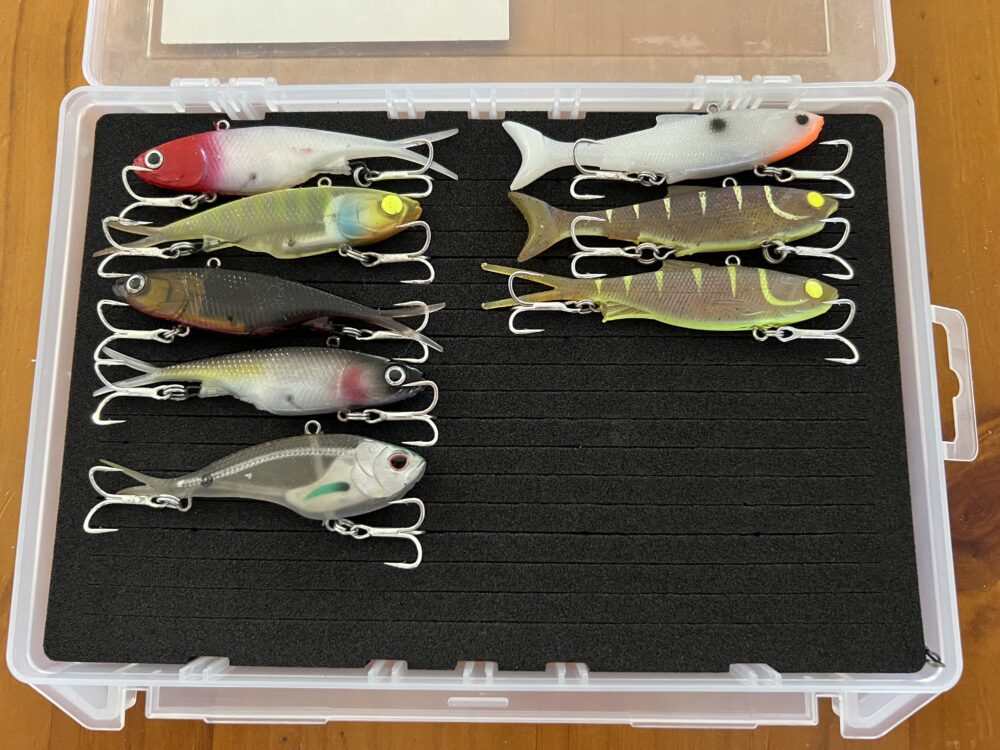
The same shallow split foam box as the trebles. Soft vibes all tucked in and ready to go fishing.
One word of warning when using split foam tackle trays and it goes for all soft plastics, never let different brands of soft plastics touch each other. Most of the time there will be a reaction between different brands and they will melt each other. If you’re going to store different lures in the same box then try and make some sort of barrier.
If you check out a few of the photo’s I just used some of the plastic packaging that comes with the lures. You can get way more creative than this, it was just a quick fix at the time.
Split foam boxes aren’t just limited to storing lures either. I’ve got a few smaller boxes that are perfect for storing trebles. When you’re storing your trebles make sure to come up with your own system. Putting them in rows of different sizes is a good start. If you use a lot of different trebles then put them into sizes and brands. The next time you break or damage a treble a replacement will be simple to find.
The next little gem was shown to me by a good friend of mine. We were out in the boat and Brenden was replacing a leader. Once he got down to attaching the lure out came this neat little organiser box where he grabbed a clip from. He went to put it away and I said ‘hold on a minute mate, what have you got there?’
It was a neat little fold away case a bit bigger than the average men’s wallet. It had a lot of different compartments. Brenden was using it for different size Mustad Fastach clips and also split rings. Well, you guessed it, I also have one of those now and it’s a bloody gem.
The system I had before was to keep the clips in their packets, now I just rip out the case with everything in order from smallest to biggest to keep the process streamlined.
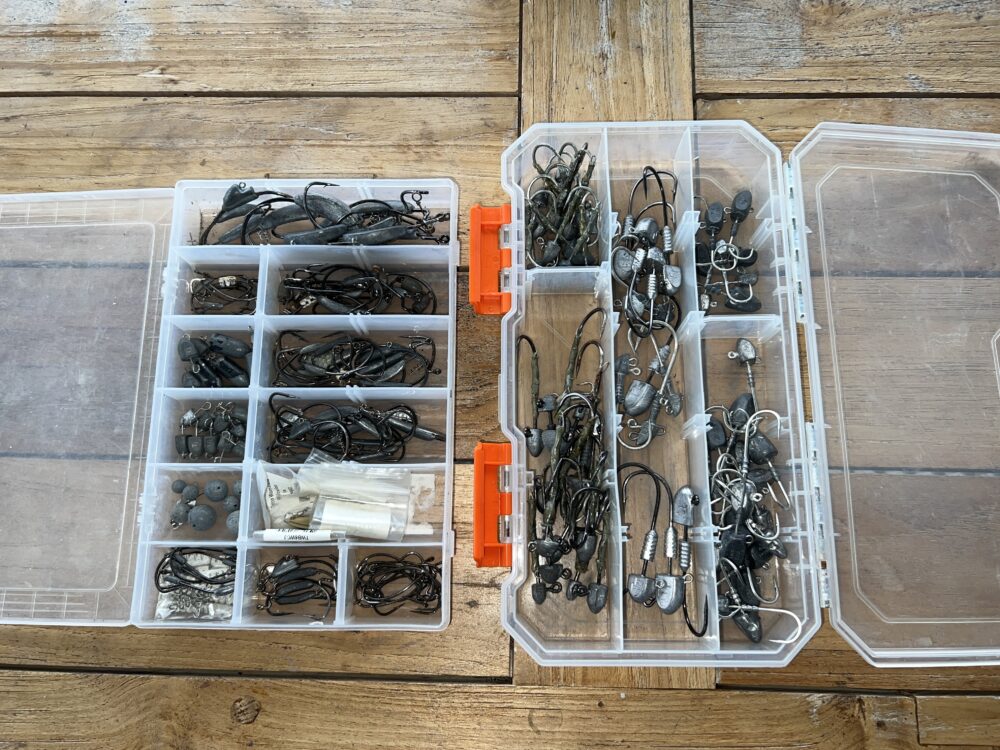
Everything weedless on the left and stinger jigheads on the right.
Keep in mind that all of your standard tackle trays can be organised as well. I have three different types of tackle trays for jig heads. The first one is just for standard jigheads, the second is for all weedless options and the third is for jigheads that you can attach a stinger treble. They are all organised in weight and sizes.
I would now like to move onto rods. This will all depend on your budget because not everyone can afford to have multiple rods. The idea behind having multiple rods is that they are all rigged and ready for a purpose. You can’t cast a seven inch paddle tail with a light rod that’s used for flathead or bream.
If you start off chasing big barra but want to down size and chase other smaller species if the day hasn’t gone well then you need multiple outfits. I guess it’s like women when it comes to buying shoes, you can’t wear your everyday joggers out to the fancy dress party (apparently).
When you look into each rod and each action then they are generally built for a specific reason. Have you ever noticed that you can’t use your favourite lure on a different rod and not get the same results? Soft vibes are a classic example. Take a nice 10-17lb rod with a soft tip and you will most likely get the result you’re after. Put that soft vibe on a 12-25lb rod with a stiffer tip and I can guarantee that you won’t get the same action with the vibe. The rod will load differently which will greatly affect the action.
When we comp fish for barra then we might have 7-8 outfits all setup and each with an individual purpose. They start light and get heavier. Starting from 10lb braid and 30lb leader all the way up to 50lb braid and 100lb leader. Each spot is unique with different sized fish and structure so you need to be well prepared. Using something that’s not fit for purpose will only end in tears.
Last but not least we will now look at setting your boat up. The first thing you need to do is put a priority on what you’re going to use. Tackle trays with jigheads and confidence lures should be the easiest to access. You don’t want this sort of gear to be right at the bottom with jumpers, eskies or any other non essential items getting in the way.
Other less important plastics or lures that you “might” use can be placed in a different hatch or side pocket. As long as you know that they are in the boat and where to get them should the need arise.
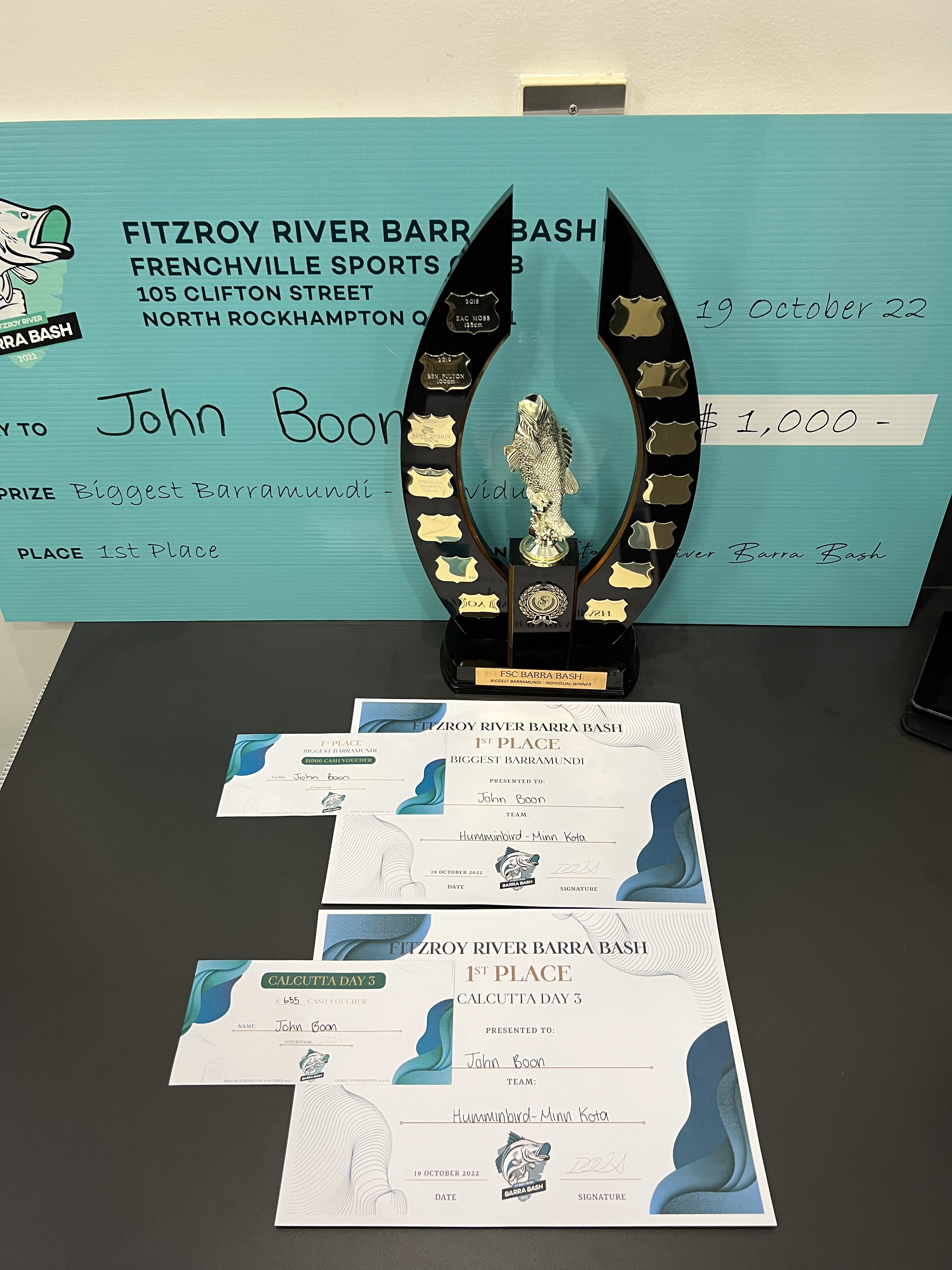
You just never know where planning and preparation will take you. Getting the basics right will give you rewards you never thought possible.
Make sure to keep items that need each other together. For example you don’t want your spare trebles up one end of the boat and the split rings down the other. You want all of your leader replacement gear in the one tub. For me that includes leader, braid scissors, line tensioners, line burner and clips. All of these items are in the one tub so I just grab that out when I need to tie a new leader. You could imagine the madness if those bits of gear were spread out through the boat.
Well that my friends is the end of this article. There are no big awesome fish to grab ones attention so I guess it might be difficult for some to read. The message I’m trying to get across is don’t stop fine tuning your system. The basics are where a lot of anglers are missing out. A day on the water should be enjoyable not a frustrating rat race around the boat opening and closing hatches.


